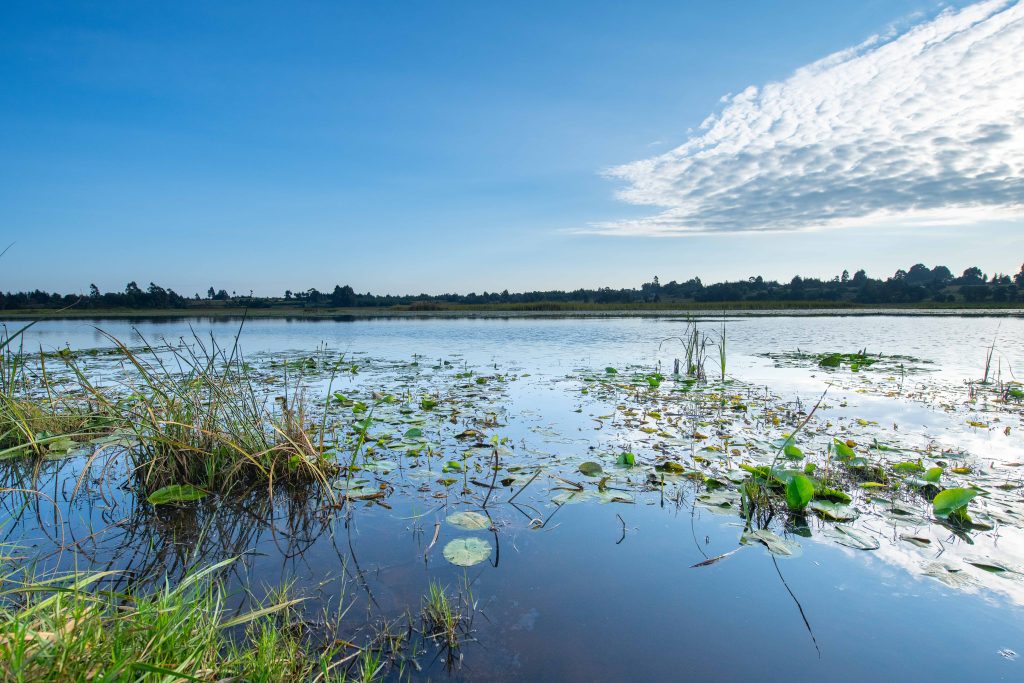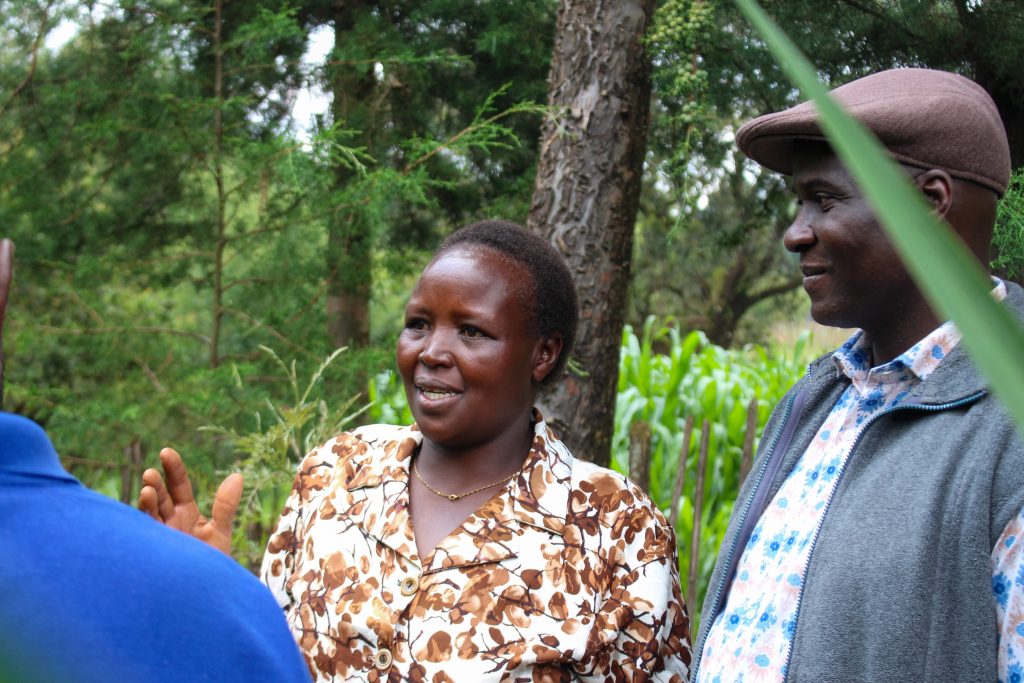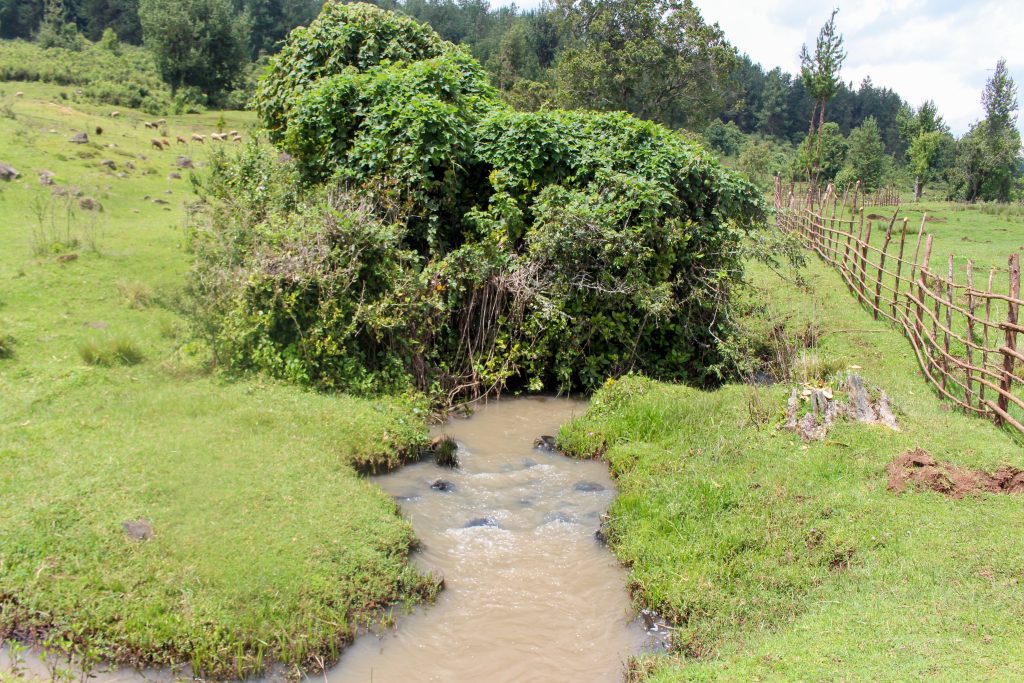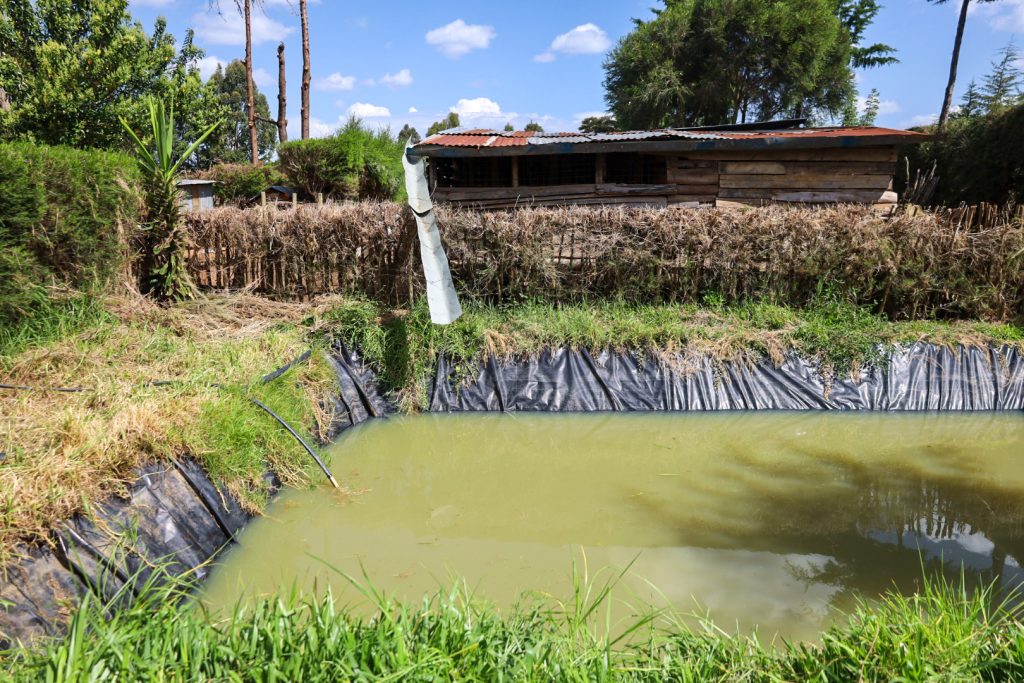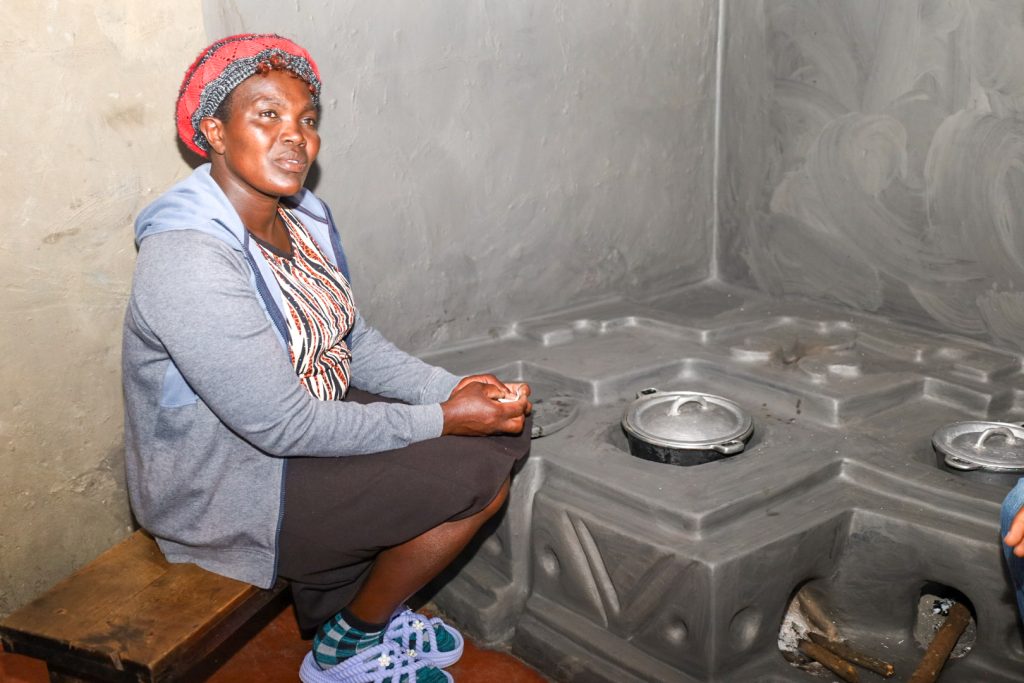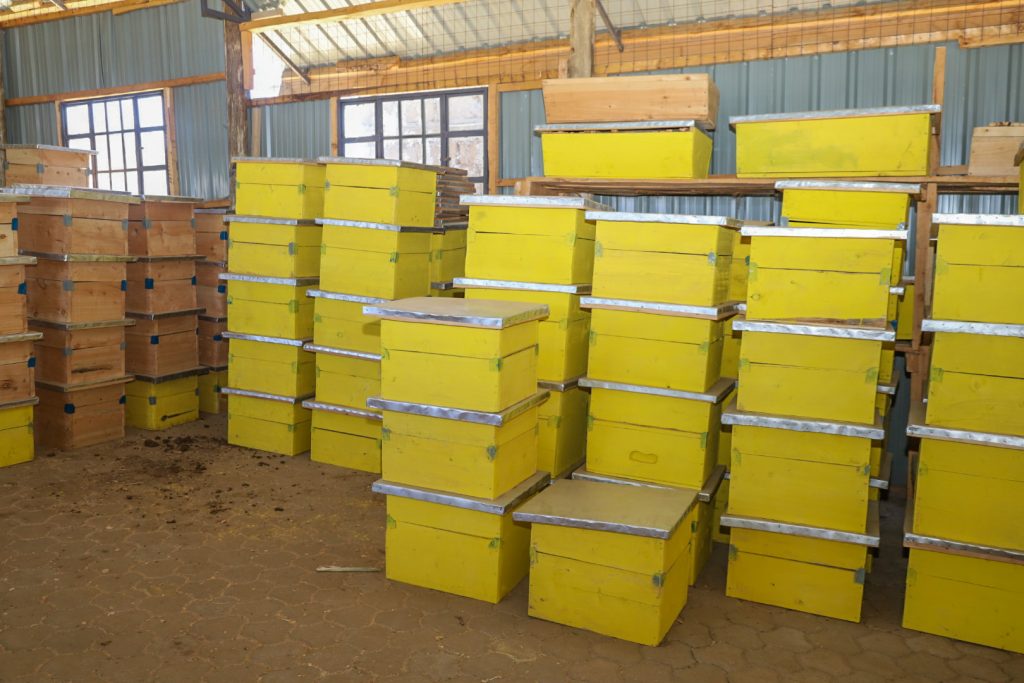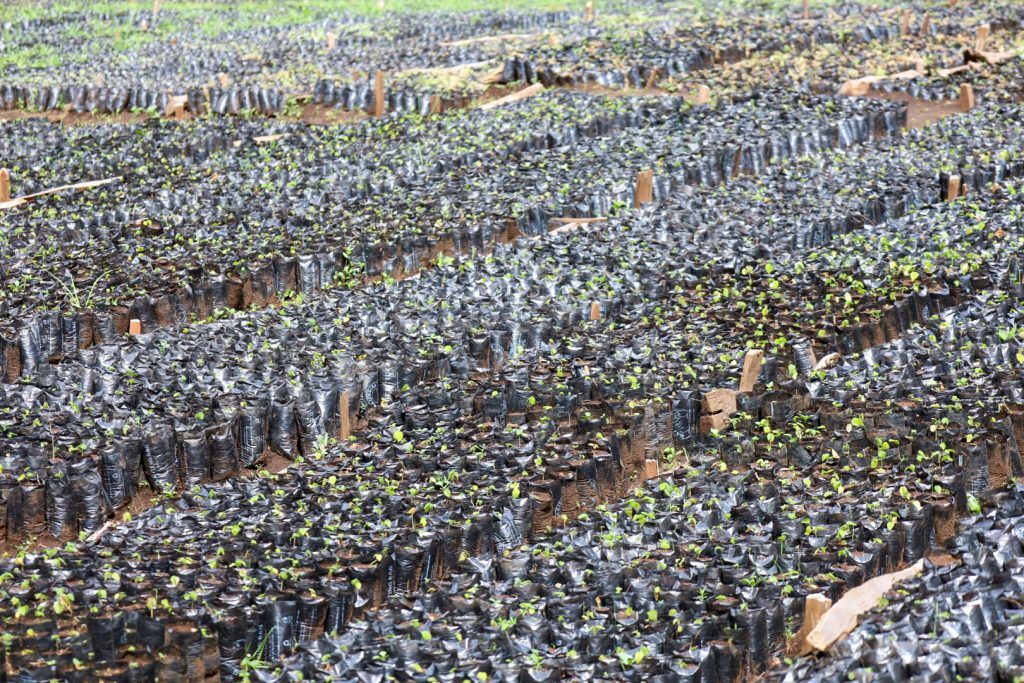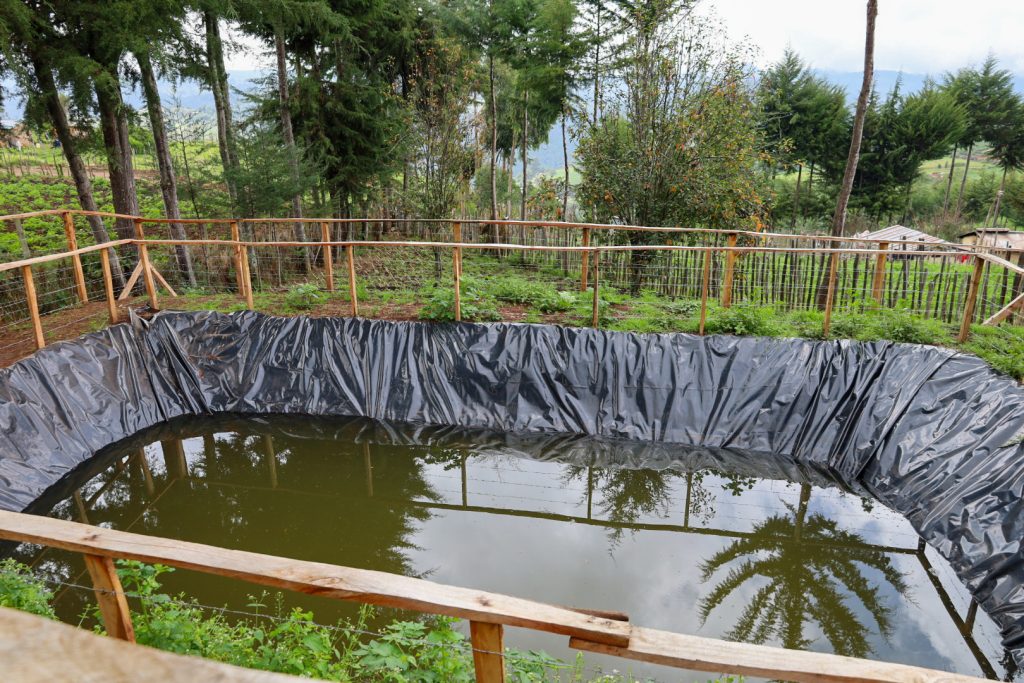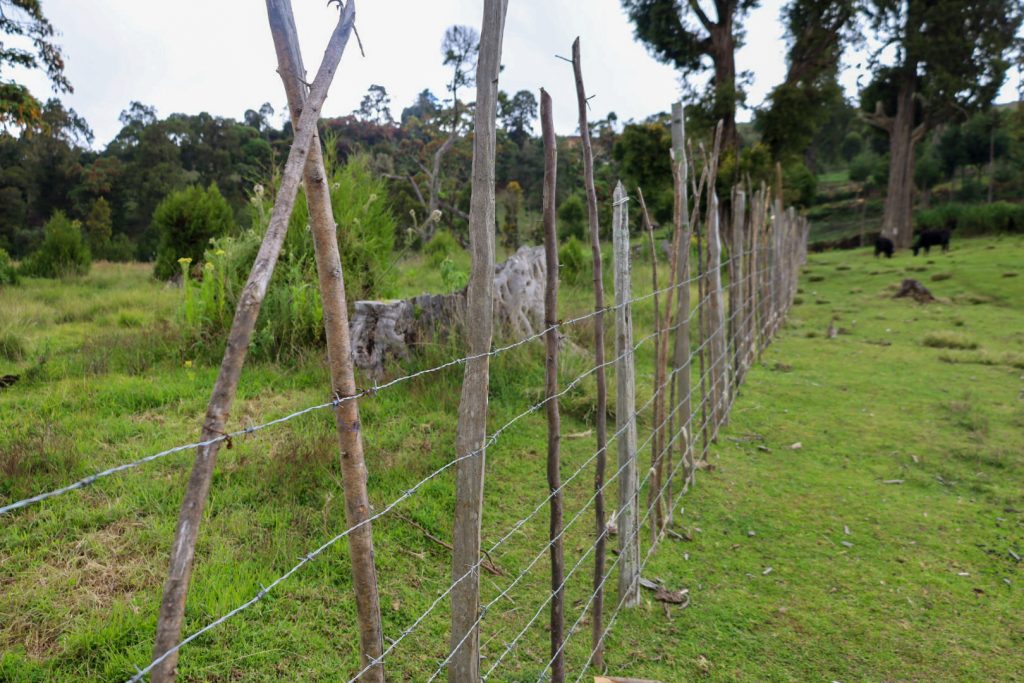In Kaptagat, Uasin Gishu County, famed as the training ground for Kenya’s legendary long-distance runners, Nelly was fighting a different race, a race to save her farm. For many years, her farm had been at the mercy of a relentless fight against the sun’s merciless heat and the unforgiving torrents of rain. Each dry spell withered her maize, threatening her household’s food security. To survive, she would turn to the Chepkerwo stream down her farm, a tributary of the Kipsinende river thatfeeds the lifeline of the catchment, the….. Read more
Cradled deep in the Ainabkoi Forest Block, Uasin Gishu County, the Kapsoen wetland was once full of life. Indigenous trees towered over the wetland, animals like gazelles and hares gleefully leaped around this ecosystem. “The river that cuts through this wetland used to roar. It had so much volume, it was impossible to cross,” recalls one of the community elders, his eyes distant but the memory vivid. Draining into the Kesses River, a vital….. Read more
In the gently undulating landscape of Tarakwa, Uasin Gishu County, farming can be as rewarding as it is unforgiving. For Lucy, a dedicated small holder farmer in the region, the dry seasons had long been a time of struggle. The relentless sun would parch her maize, leaving it to wither before its time. And when the rains finally came, they did not offer much relief. Torrents of surface runoff would rush across…. Read more
Among the rolling hills of Kaptagat, Uasin Gishu County, Jeremiah once stared across a farm that tested his resolve every dry season. Battling with the recurring scorching sun, his farm could only sustain maize and oftentimes, the maize would succumb to the heat. For him, water scarcity was not just an inconvenience, it was a periodic battle. To keep his farm and domestic uses afloat, Jeremiah had to purchase up to 350 liters of water every week from local water vendors who sourced it from dwindling rivers. The costs continually mounted but the returns from his farm rarely matched the effort….. Read more
In the gently dipping and rising landscape of Cherus, Uasin Gishu County, Sharon’s routine had become difficult by the day. The first sound in her home every morning was the crackle of firewood, followed by low coughs as smoke from her traditional three stone jiko filled her small kitchen. For years, this had become her normal. Her kitchen, dimly….. Read more
For generations, the Ogiek people have been master beekeepers, harvesting honey deep within the forests they call home. But as times changed, so did their challenges. Unsustainable log hives and policy decisions to exclude people from residing in public forests they once called home contributed to a fading connection to their traditional craft. To strengthen this long-standing heritage, the Eldoret-Iten Water Fund (EIWF) in partnership with the Ogiek Community launched the Ogiek beekeeping….. Read more
Nestled in the heart of the Embobut Forest, a community-led revival is taking root. What started as an ambitious collaboration in 2024 between the Eldoret-Iten Water Fund (EIWF) and the Kenya Forest Service (KFS) has blossomed into a beacon of sustainability and empowerment. The Sengwer People, long- standing custodians of nature, are not just planting trees, they are cultivating resilience. The Sengwer tree nursery, the first of its….. Read more
Along the winding tarmacked road that climbs through Kimnai, a village tucked into the breathtaking Cherangani Hills landscape, sits a farm that once bore the weight of every storm. Perched on a slope just off the roadside, Lydia’s farm is thriving, its beauty masking the struggle that once marked the farm for years. Each time the rains fell, torrents of runoff from the road above would tear through her farm, carrying away her fertile soil….. Read more
Once teeming with life, the Tirich-Kamwareb wetland was a lifeline for the local community. Cradled in Kenya’s majestic Cherang’any Hills, the wetland sustained the community’s way of life, providing water, pasture, and medicinal plants for generations. However, like many wetlands across the globe, Tirich-Kamwareb faced degradation. Studies indicate that nearly 35% of the world’s wetlands have been lost since 1970, primarily due to human activities such as encroachment and unsustainable agriculture…. Read more
